Oregon Ash Tree
- October 10, 2023
- 0 comment
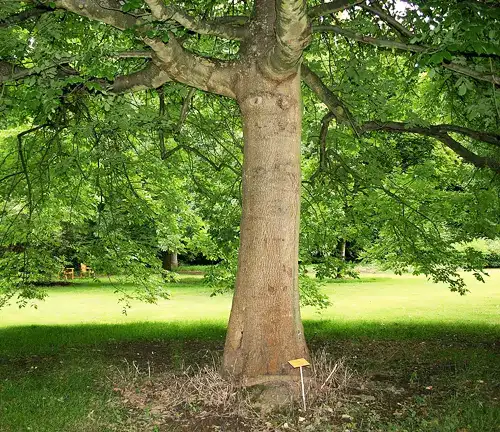
The Oregon Ash (Fraxinus latifolia) stands as a botanical emblem in the lush landscapes of the Pacific Northwest, where its robust presence contributes to the ecological tapestry of the region. This native deciduous tree is characterized by its stately form, boasting a tall, straight trunk that ascends to a crown adorned with compound leaves comprising 5 to 9 individual leaflets. As a prominent member of the olive family (Oleaceae), the Oregon Ash is well-suited to a diverse array of habitats, showcasing its adaptability in environments ranging from lowland valleys to the slopes of mountains. It particularly thrives in riparian zones, dotting riverbanks and wetland areas with its verdant presence.
One of the Oregon Ash’s notable features is its gracefully arching canopy, which not only adds to the aesthetic appeal of the landscape but also serves essential ecological functions. The tree’s foliage provides ample shade, creating microhabitats that support a myriad of flora and fauna. Its presence along waterways contributes to erosion control and water quality improvement, underlining its ecological significance in maintaining the health of riparian ecosystems. Wildlife finds refuge in the Oregon Ash, as the tree offers nesting sites for birds, shelter for small mammals, and a source of food in the form of seeds and insects.
Beyond its ecological contributions, the Oregon Ash has deep historical and cultural roots. Indigenous communities have long recognized the utility of the tree, utilizing its versatile wood for crafting tools, baskets, and ceremonial objects. This historical interdependence between human communities and the Oregon Ash underscores its cultural significance, making it not just a botanical entity but an integral part of the cultural heritage of the Pacific Northwest.
| Characteristic | Description |
| Scientific Name | Fraxinus latifolia |
| Family | Oleaceae |
| Height | 40 to 80 feet (12 to 24 meters) |
| Spread | 30 to 50 feet (9 to 15 meters) |
| Type | Deciduous Tree |
| Growth rate | Medium |
| Longevity | 75-100 years |
| Soil type | Well-drained soil |
| Sun exposure | Full sun to partial shade |
| Leaves | Compound leaves with 5 to 9 leaflets |
A Brief History
The Oregon Ash tree, scientifically known as Fraxinus latifolia, has a rich and enduring history that stretches across the Pacific Northwest. This native deciduous tree, a member of the olive family (Oleaceae), has deep roots in the region and has played a vital role in the ecosystem and the culture of its inhabitants for centuries. Let’s delve into the intriguing story of the Oregon Ash.
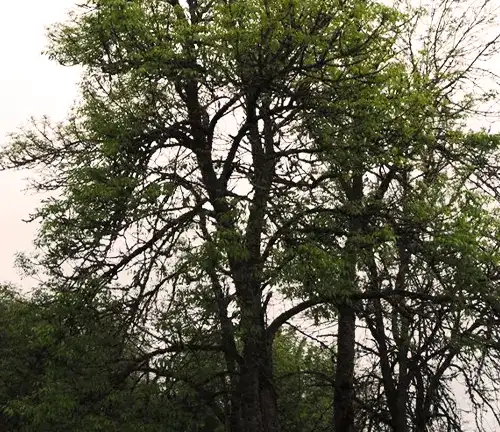
Color/Appearance
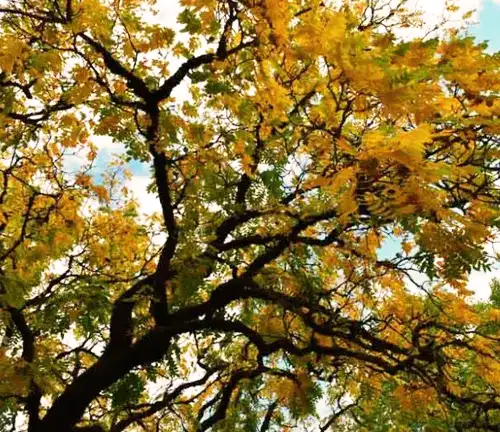
The Oregon Ash boasts a striking appearance with its tall, straight trunk and graceful crown adorned with compound leaves. These leaves typically consist of 5 to 9 individual leaflets, which take on a vibrant, lush green color during the growing season. In the fall, the leaves transform into a palette of golden yellows, making the tree a captivating sight in the autumn landscape.
Unique Features
One of the distinctive features of the Oregon Ash is its gracefully arching canopy, providing not only aesthetic beauty but also essential ecological functions. The canopy offers generous shade, creating microhabitats that support a diverse range of flora and fauna, including birds, insects, and small mammals.
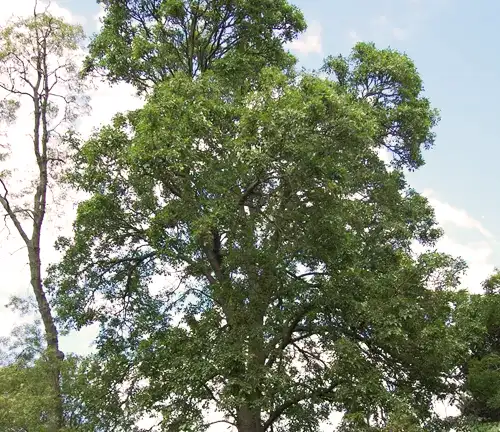
Ecological Importance
The ecological significance of the Oregon Ash cannot be overstated. This tree thrives in riparian zones, along riverbanks, and in wetland areas. Its presence contributes to erosion control, enhances water quality, and fosters biodiversity. Birds find nesting sites in its branches, while the seeds and insects it provide serve as a vital food source.
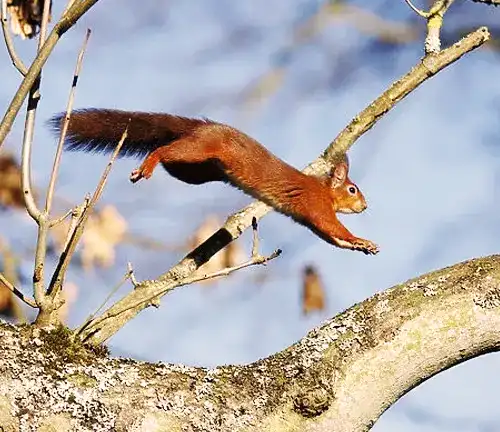
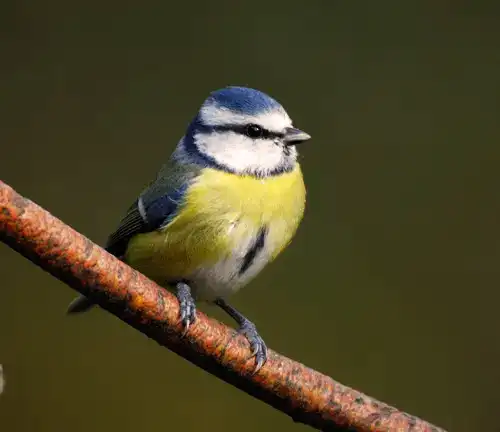
Adaptation and Resilience
The adaptability and resilience of the Oregon Ash are noteworthy. It thrives in various habitats, from lowland valleys to mountain slopes, demonstrating its ability to withstand a range of environmental conditions. This adaptability is a testament to its evolutionary prowess.
Cultivation and Care
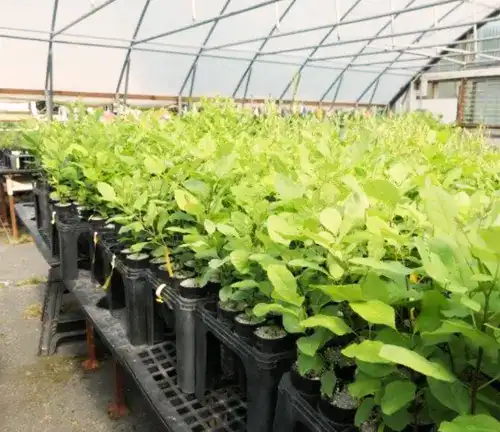
Cultivating Oregon Ash trees can be a rewarding endeavor for those looking to add a touch of the Pacific Northwest to their landscape. These trees generally prefer moist, well-drained soil and thrive in full sun to partial shade. Proper care, including regular watering and pruning, can help ensure their health and longevity.
Cultural and Historical Significance
Oregon Ash has deep cultural and historical roots, particularly among indigenous communities in the region. It was historically valued for its versatile wood, which was used to craft tools, baskets, and ceremonial items. Its presence in tribal traditions underscores its cultural significance.
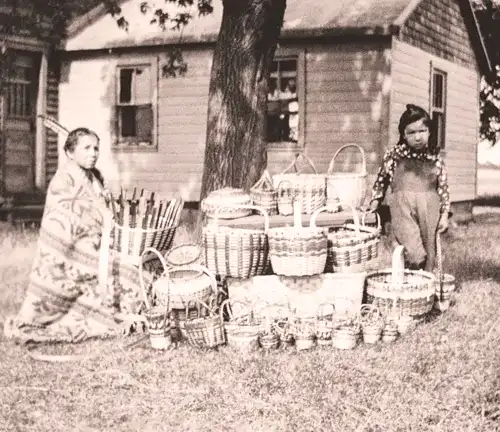
Wood Products and Applications

The wood of the Oregon Ash is highly versatile and prized for its strength and durability. It has been used in various applications, including furniture making, cabinetry, and flooring. Its straight grain and light color make it an appealing choice for woodworking.

Other Uses
Beyond its wood, the Oregon Ash has other practical uses. The bark of young trees can be used for weaving, and its branches have been employed for making tools and handles.
Threats and Conservation
While the Oregon Ash has endured for centuries, it faces threats in the modern era. Habitat loss due to development and invasive species poses challenges to its survival. Conservation efforts are underway to protect and preserve this essential species.
Benefits
The benefits of the Oregon Ash extend far and wide. It enhances the environment by providing shade, supporting wildlife, and contributing to healthy ecosystems. Culturally, it maintains a profound connection to indigenous traditions, and its wood continues to be prized in various industries.
Conclusion
In conclusion, the Oregon Ash tree stands as a symbol of the Pacific Northwest’s natural beauty, cultural heritage, and ecological importance. Its history, unique features, and adaptability make it a remarkable species, while its role in supporting ecosystems and communities underscores its enduring value. As we navigate the challenges of conservation and sustainable land use, the Oregon Ash serves as a reminder of the intricate relationship between humans and the natural world.
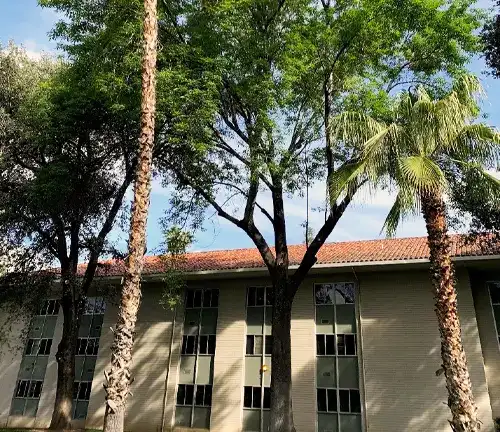
Frequently Asked Questions (FAQs)
- Are Oregon Ash trees susceptible to specific pests or diseases?
While Oregon Ash trees are generally hardy, they can be vulnerable to pests such as the emerald ash borer and diseases like ash yellows. Regular monitoring and prompt action are essential to maintain the health of these trees. - What makes the wood of the Oregon Ash unique for woodworking?
The wood of the Oregon Ash is prized for its straight grain, light color, and exceptional strength. Woodworkers appreciate its versatility, using it for various applications such as furniture, cabinetry, and flooring. Its aesthetic qualities make it stand out in the world of woodworking. - How do Oregon Ash trees contribute to riverbank ecosystems?
Oregon Ash trees play a crucial role in riparian ecosystems. Their roots stabilize soil along riverbanks, preventing erosion. The shade from their canopy creates microhabitats that support diverse plant and animal species, contributing to the overall health and biodiversity of the ecosystem. - Can Oregon Ash trees be cultivated in urban or suburban environments?
Yes, Oregon Ash trees can be cultivated in urban or suburban settings, provided they receive proper care and maintenance. Selecting appropriate cultivars and ensuring adequate water and soil conditions can make them a valuable addition to residential landscapes. - How does the cultural significance of Oregon Ash manifest in modern times?
The cultural significance of Oregon Ash is still evident in various ways. Indigenous communities may continue to use the tree for traditional crafts, and efforts are made to integrate its importance into educational programs and conservation initiatives. Understanding and respecting the cultural heritage of the Oregon Ash can foster a deeper appreciation for its value in contemporary society.


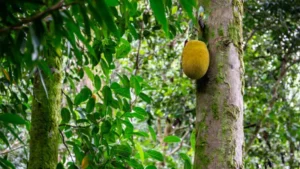
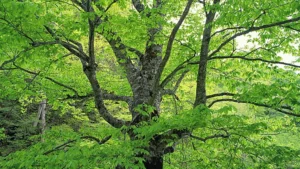


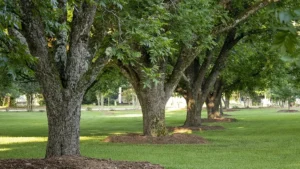
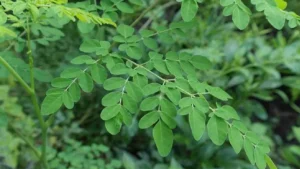
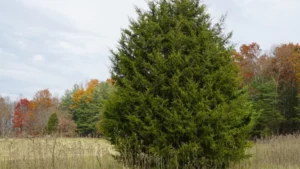
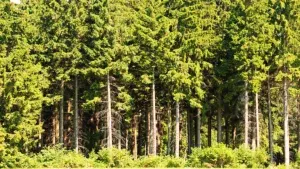

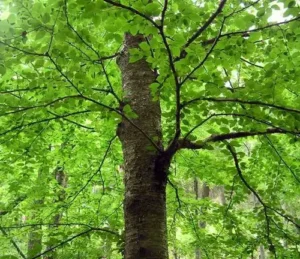
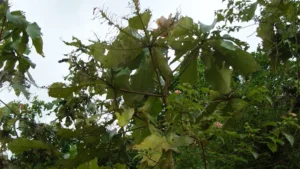
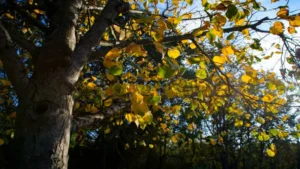
Leave your comment